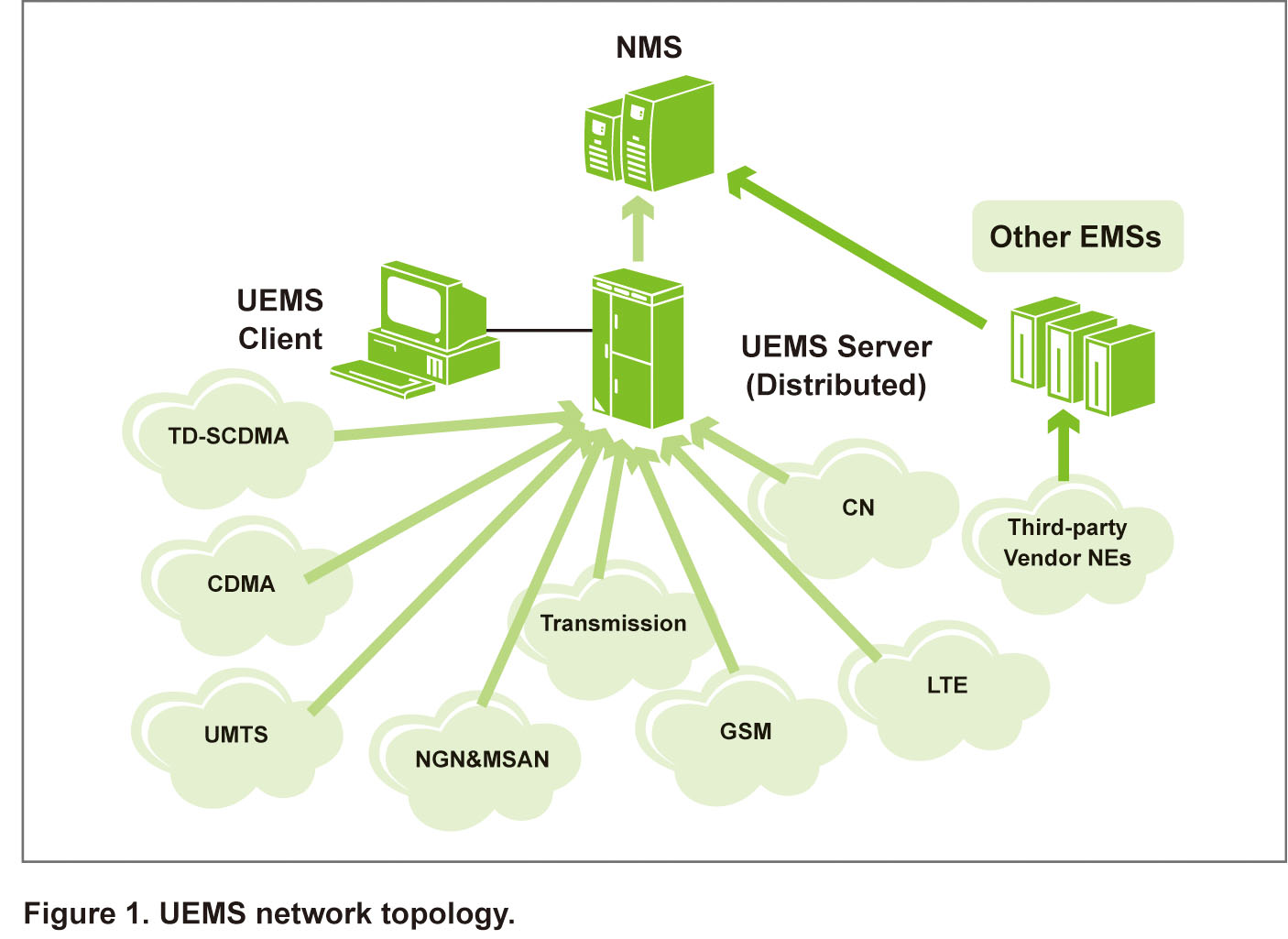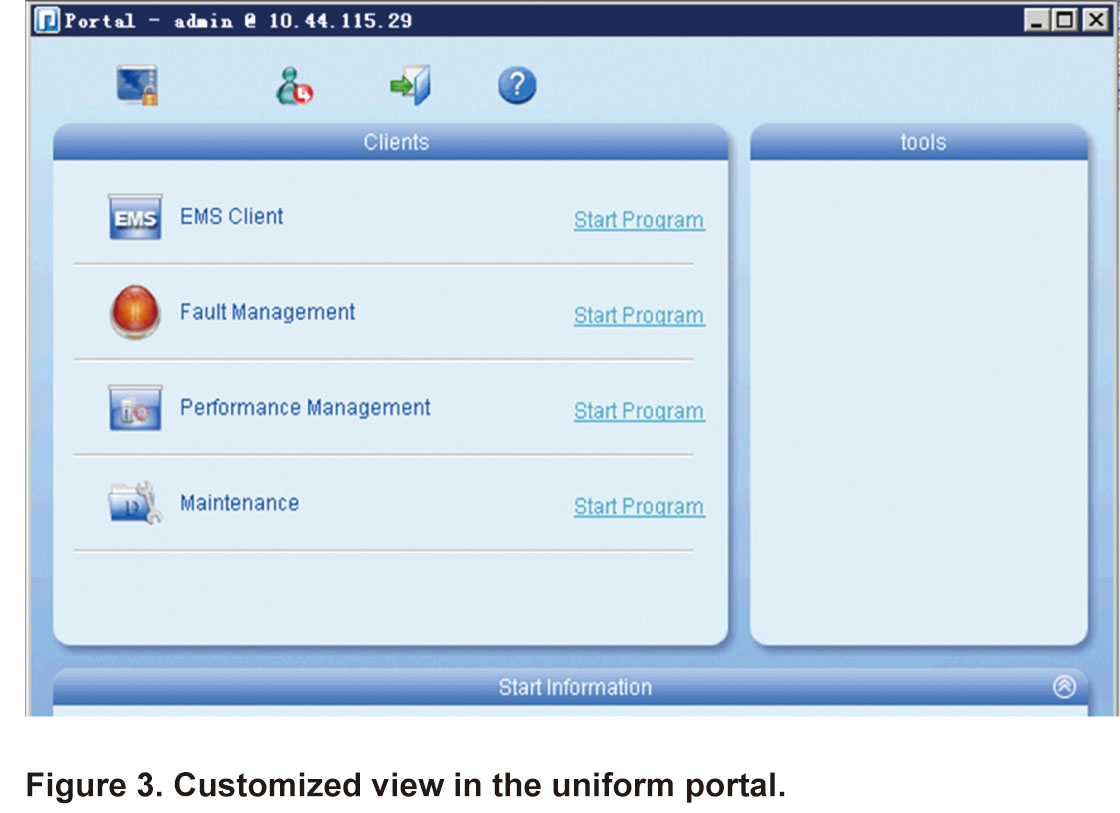UEMS Boosts Network OAM Efficiency
Telecom operators are continuing to feel the pressure as end users demand more flexibility and lower prices for telecom services. Fierce competition gives impetus to technological innovation, and while flat network structure has been the trend, it is moving forward quickly. Consequently, an increasing number of telecom operators are evolving to become full-service providers that can operate multiple types of networks. These include access networks, core networks (CN), transmission networks, data networks and service networks, with a large number of network devices.
Changing network structure, however, poses a big challenge for operators. Handling new complex networks with legacy management architecture is costly. Therefore, it has become necessary to solve new network OAM problems while keeping costs to a minimum. Proactive trials are underway in the industry, and ZTE’s Unified Element Management System (UEMS) has been accepted by most operators as an effective answer to these problems.
ZTE has rolled out a unified network management solution that can help operators manage multiple private networks and improve their network OAM efficiency.
Permission-Based Management
The core of UEMS is unification—transforming network management from distributed management to centralized management. This is achieved through the convergence of multiple EMSs into one. The UEMS network topology is shown in Figure 1.

Traditionally, each type of network has had its own EMS. Besides higher power consumption, multiple EMSs require larger space and more maintenance teams. However, UEMS demands only one maintenance team to implement centralized management of all network devices in the system. This reduces maintenance staff workload and increases network OAM efficiency.
UEMS incorporates an efficient rights-based management system, assigning permissions to users according to their roles and domains. Users are concerned only with their assigned NEs. They can only see their authorized NEs at the user interface, and their maintenance habits can be recorded. If any user has authority to manage all NEs, he can see all these NEs at the user interface. Rights-based management is illustrated in Figure 2.

In Figure 2, different users share one UEMS server with different authority rights and permissions according to their user experience.
Flexible Networking
Considering variance in network size, UEMS provides diverse networking modes—such as layered or centered networking topologies—according to operators’ administrative organizations.
A common scenario is a small but complicated network containing a small number of different NEs. With legacy management architecture, operators need to install many EMSs for management of different NEs, which raises high OPEX. However, with UEMS, the different NEs are managed through related management modules that are deployed as a single server. This leads to low-cost co-management.
Another scenario is a large-sized and complicated network containing a large number of multiple types of NEs. To implement load sharing, UEMS can deploy different NE management modules in different servers. However, the user need manage all NEs through one client only.
Flexible networking solutions not only satisfy operators’ customization demands, but also cut their OPEX with reasonable OAM flows.
Uniform Portal
UEMS provides all the common network management functions: topology management, security management, log management, performance management and fault management. The functional modules have a perfectly uniform operational interface. So whatever types of NEs are being operated, their user interfaces are homogeneous. For the special functions of each private network, its user interfaces retain the same style; the uniform GUI style helps users quickly learn the UEMS operations, acquire different NE management skills, and develop strong network OAM capabilities.

In addition to uniform GUI style, UEMS employs a uniform portal that can customize functions to the user’s preference. UEMS users may operate one or more types of NEs, and can customize system functions or place job related content together according to their personal habits or job requirements. In this way, users complete their maintenance work more effectively. Figure 3 is a customized view of the user interface.